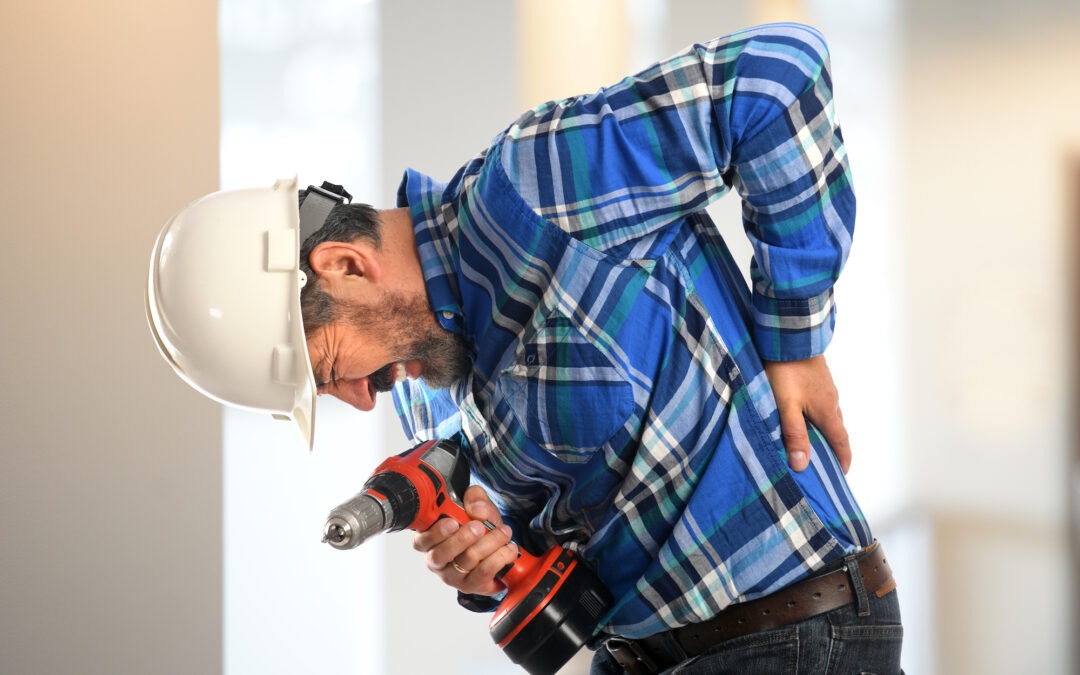Nearly everyone will experience back pain at some time during their life. Back pain is classified as acute or chronic. Acute low back pain is usually the result of a sudden movement, a vehicle accident, a traumatic event, or improper technique when lifting an object. Chronic back pain most often involves disorders such as degenerative disc disease or arthritis. Back injuries are one of the most common workplace safety problems. A back injury can be a painful experience and lead to lifetime disabilities. Back injuries in the workplace cost businesses billions of dollars each year. Back injury prevention is very important and involves identifying potential risk factors, and implementing the use of engineering controls and work practices to minimize injury.
Discussion Points:
• Why back injury prevention is important
• Potential hazards and contributing factors that can lead to back injury
• Education and training
• Precautions to take when moving materials manually
• How to lift safely
Discussion:
Employees should receive training that covers recognition of hazards, safe work practices, proper lifting technique, general principles of ergonomics, and procedures for reporting hazardous conditions and injury.
Several factors that contribute to back pain include standing for long periods of time, sitting at a desk all day, tasks that involve repetitive movements and lifting heavy objects. Lifestyle factors such as physical condition and age may also be contributing factors. When setting up your workstation adjust the desk and chair to account for proper posture to reduce back pain. When standing for long periods of time invest in a fatigue reducing floor mat to reduce the strain on your back. Before lifting any object determine the load size and weight, and consider the use of engineering controls which includes the use of lifting aids. Never lift anything unless you can do so safely. If possible store heavy objects at waist level. Most back injuries are preventable, and it requires understanding why injuries occur, following safe lifting practices, and workplace modifications a to reduce injuries and improve safety.
As always, be safe out there!


Recent Comments